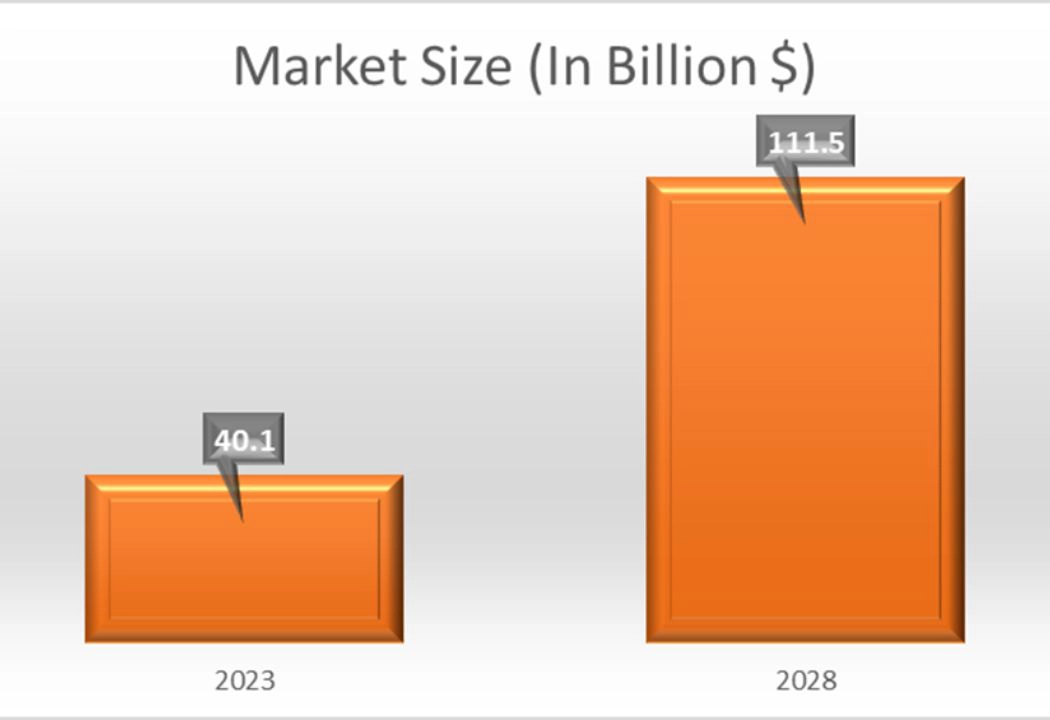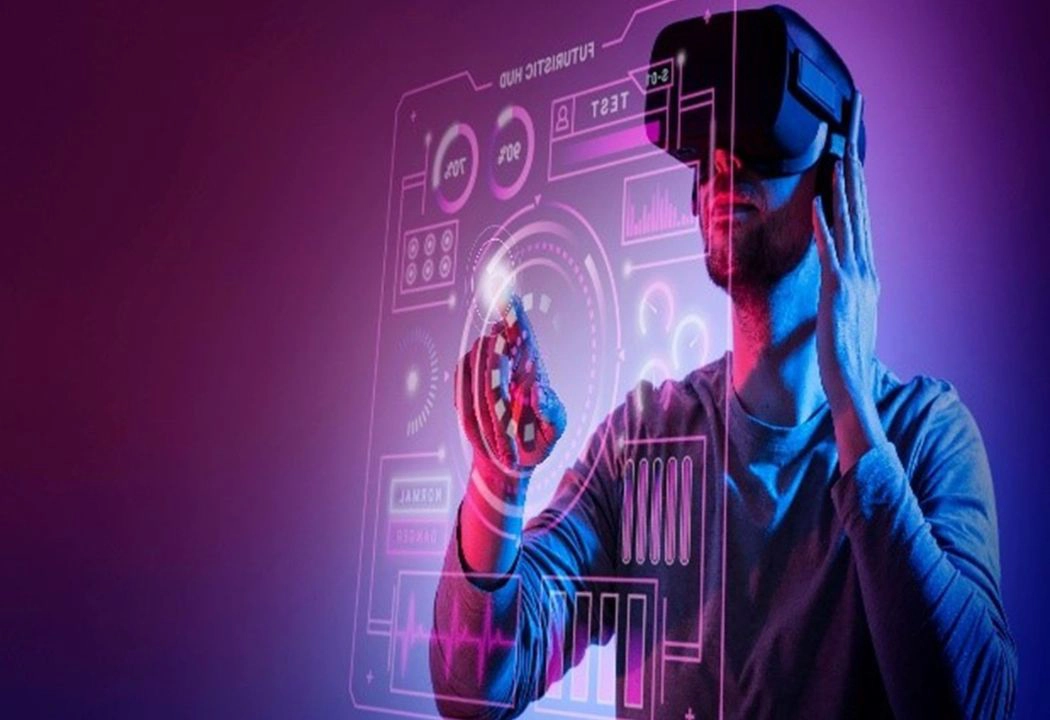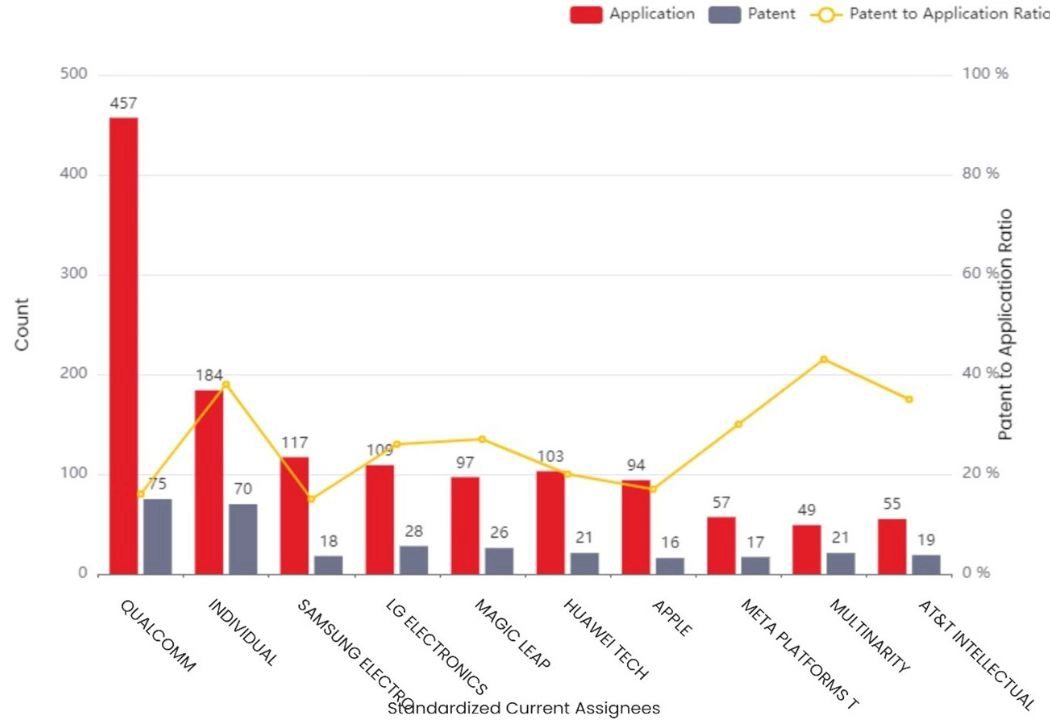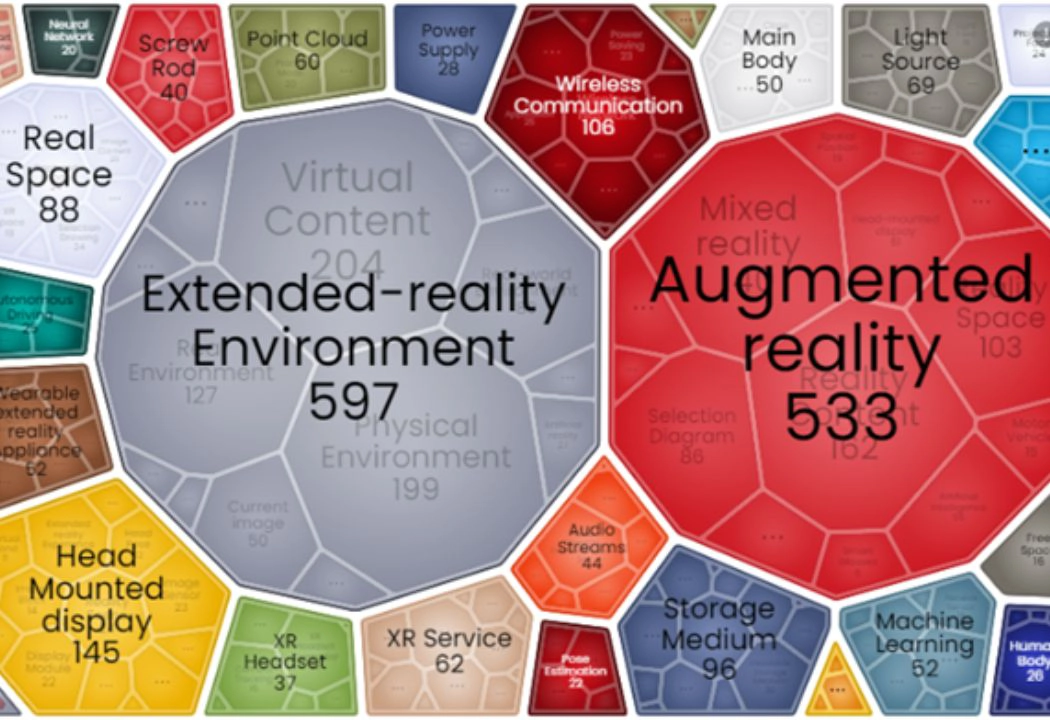About TTC
At TT Consultants, our distinctive approach is centered around our hybrid solution that blends the power of AI-enabled XLSOUT technology with human expertise. This unparalleled combination allows us to offer top-notch solutions for your intellectual property management requirements.
Our team comprises skilled professionals, including experienced IP professionals, who are passionate about constant innovation and development. We take pride in our ability to IMPROVISE, ADAPT, and IMPLEMENT customized and strategic solutions that cater to the unique needs of our clients.
TT Consultants offers a range of efficient, high-quality solutions for your intellectual property management ranging from
and much more. We provide both law firms and corporations in many industries with turnkey solutions.
Contact Us









